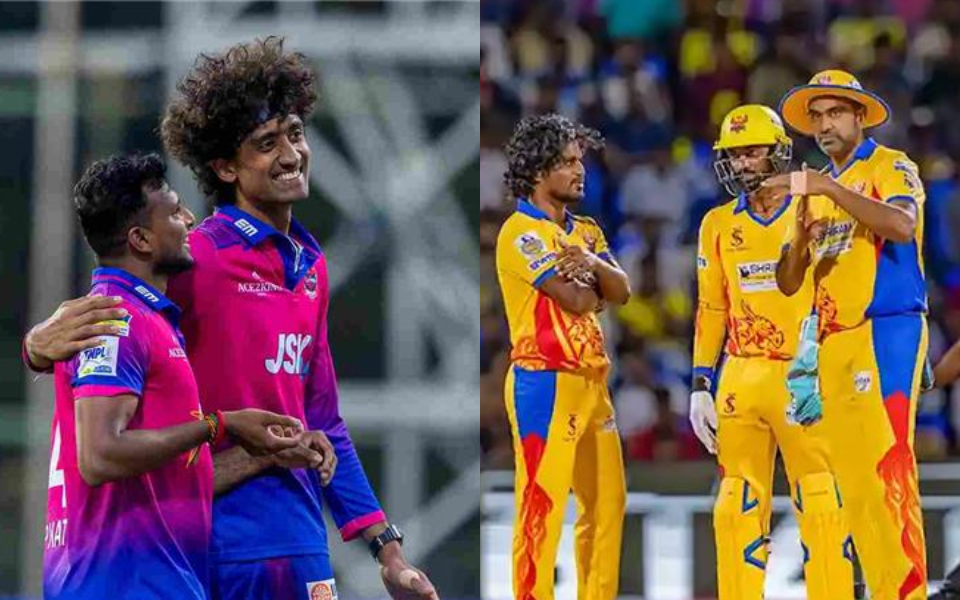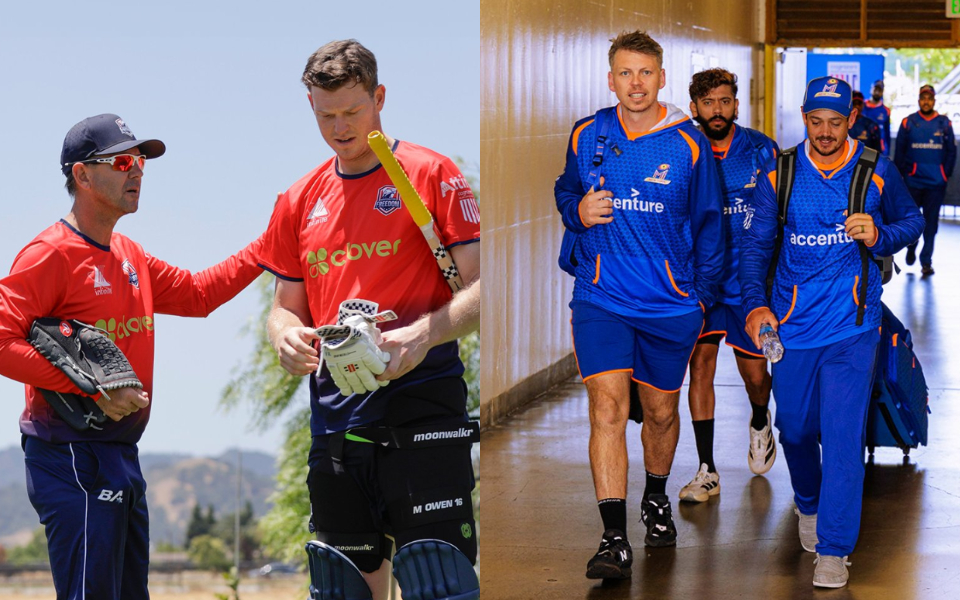Pakistan Cricket Board Under Fire for Inequitable Treatment of Domestic Women Cricketers
The Pakistan Cricket Board (PCB) has been making headlines recently for its controversial decisions regarding player payments. While the men’s team saw cuts in their salaries reversed due to public outcry, the situation for domestic women cricketers in Pakistan remains dire.
Financial Struggles of Domestic Women Cricketers
Despite the PCB’s efforts to increase the number of central contracts for women cricketers from 79 to 90 with the aim of developing talent, the reality on the ground paints a different picture. Domestic women cricketers in Pakistan are facing significant financial struggles, with many earning less than the national minimum wage.
According to a report by Cricbuzz, domestic women cricketers are receiving monthly retainers of PKR 35,000 (approximately USD 125), which falls below the country’s minimum wage for unskilled laborers. Additionally, the PCB quietly reduced women’s match fees from PKR 25,000 to PKR 20,000 without any public announcement.
Challenges Faced by Domestic Women Cricketers
Players like Nida Dar and Aliya Riaz, who are key members of the national team, were left out of central contracts and placed on domestic contracts instead. The delay in issuing contracts by the PCB has further exacerbated the financial strain on these players.
Domestic women cricketers can only compete for a maximum of 31 days per season across three domestic tournaments. Even if they participate in every match and reach the finals, their total earnings amount to just PKR 1,040,000 (USD 3,700). This amount is insufficient to cover professional training, diet, and fitness expenses, which can reach up to PKR 600,000 per year.
Lack of Investment in Women’s Cricket
The lack of investment in women’s cricket in Pakistan has had a direct impact on player fitness and development. Many domestic cricketers struggle to afford basic necessities for a professional athlete’s life, such as personal trainers and specialized diets.
One domestic player shared, “Living in Pakistan, not everyone can afford a professional athlete’s life. It’s up to you how well you manage your cricket training within the means that you have. I end up spending approximately PKR 400,000 on my cricket, but I can’t afford a personal trainer.”
Call for Change
As the spotlight shines on the inequities faced by domestic women cricketers in Pakistan, there is a growing chorus of voices calling for change. It is imperative that the PCB addresses the financial struggles of these players and provides them with the support they need to thrive in their careers.
Ensuring that domestic women cricketers are paid fairly and have access to adequate resources is not only a matter of gender equality but also crucial for the overall development of cricket in Pakistan.
Impact of Financial Struggles on Women’s Cricket Development
The financial struggles faced by domestic women cricketers in Pakistan not only affect the players themselves but also have broader implications for the development of women’s cricket in the country. The lack of investment in women’s cricket at the grassroots level hinders the identification and nurturing of talent, leading to a potential talent drain in the long run.
With limited financial support, many talented young girls may be discouraged from pursuing cricket as a serious career option. Without the necessary resources and infrastructure to support their development, these potential stars may never reach their full potential, ultimately weakening the talent pool available for the national team.
Increasing Visibility and Sponsorship Opportunities
One way to address the financial challenges faced by domestic women cricketers is by increasing the visibility of women’s cricket in Pakistan. By promoting domestic tournaments, creating more opportunities for these players to showcase their skills, and securing sponsorship deals, the PCB can generate additional revenue streams that can be allocated towards improving player salaries and resources.
Enhancing the marketing and broadcasting of women’s cricket matches can attract a larger audience, both domestically and internationally, leading to increased interest from potential sponsors. This, in turn, can boost the financial incentives available to female cricketers, making the sport more financially sustainable for them.
Investing in Training Facilities and Support Staff
Another critical aspect of supporting domestic women cricketers is investing in training facilities and providing access to qualified support staff. Professional coaching, strength and conditioning programs, and sports science resources are essential for the physical and skill development of players.
By establishing training academies specifically for women cricketers and hiring experienced coaches and support staff, the PCB can ensure that players receive the guidance and expertise needed to excel at the highest levels of the game. This investment in infrastructure and personnel can help bridge the gap between domestic and international standards, ultimately benefiting the national team as well.
Advocating for Gender Equality in Sports
The challenges faced by domestic women cricketers in Pakistan highlight broader issues of gender inequality in the world of sports. It is essential for sporting organizations like the PCB to prioritize gender equality and ensure that female athletes receive the same opportunities, resources, and recognition as their male counterparts.
Advocating for gender equality in sports goes beyond financial matters and encompasses issues such as representation, leadership opportunities, and access to facilities. By championing the rights of female athletes and creating a more inclusive and supportive environment, the PCB can set a positive example for the future of women’s cricket in Pakistan.
Conclusion
Addressing the inequities faced by domestic women cricketers in Pakistan requires a multi-faceted approach that includes financial support, infrastructure development, increased visibility, and advocacy for gender equality. By investing in the growth and development of women’s cricket at all levels, the PCB can create a more sustainable and inclusive environment for female athletes to thrive.
It is imperative that the PCB takes proactive steps to rectify the current disparities and provide domestic women cricketers with the opportunities and resources they need to succeed. By doing so, not only will the players benefit individually, but the entire cricketing community in Pakistan will thrive as a result of a more inclusive and equitable approach to the sport.







